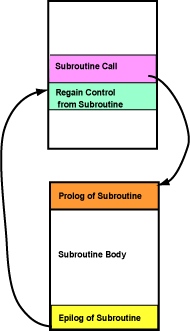Answer:
This is an optimization for speed. Many subroutines need to use only a few registers for temporary values. They can use the T registers without the added expense of saving and restoring them. A subroutine that needs more registers or that needs to have values saved across a subroutine call may use some S registers, but must pay for them by saving and restoring them.
